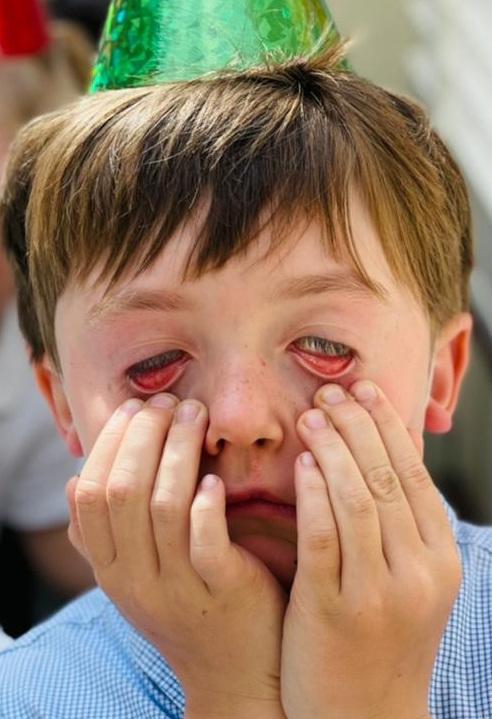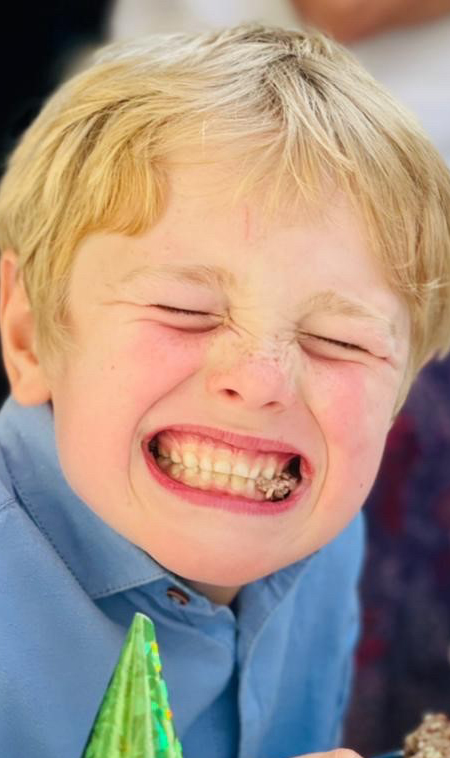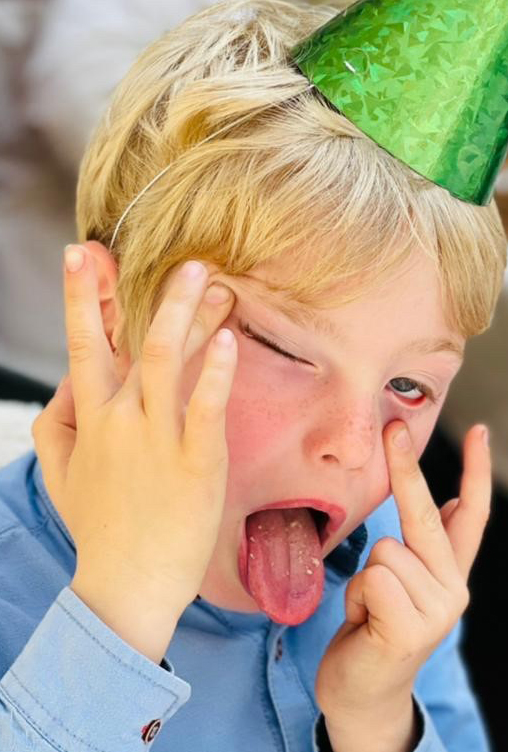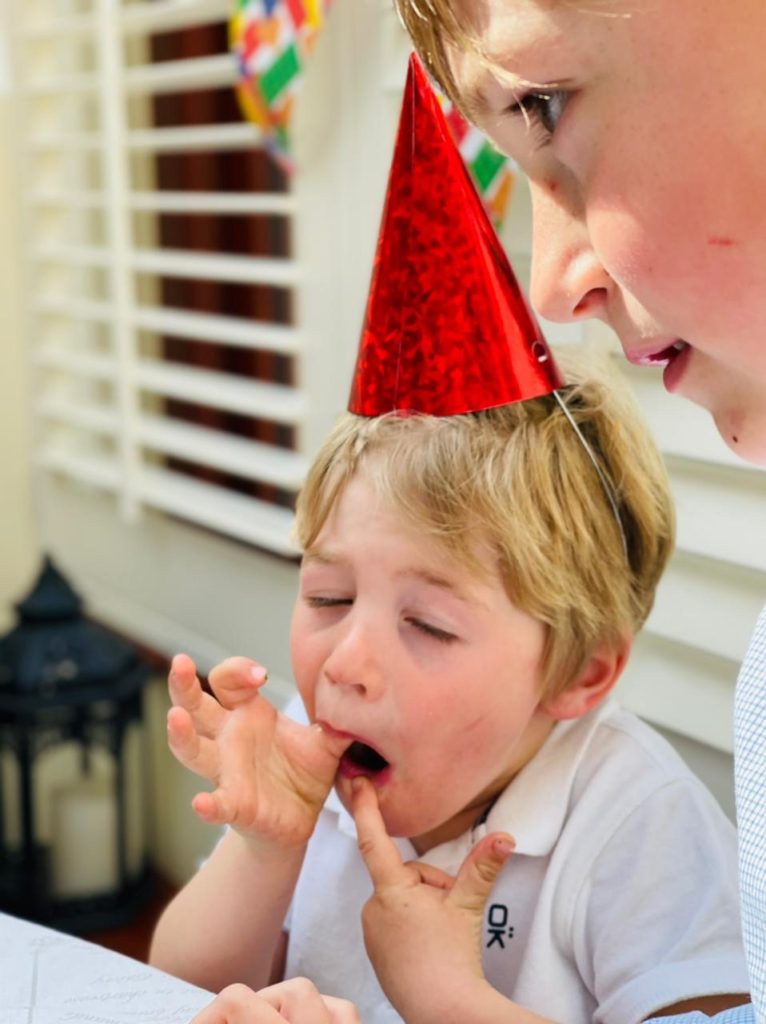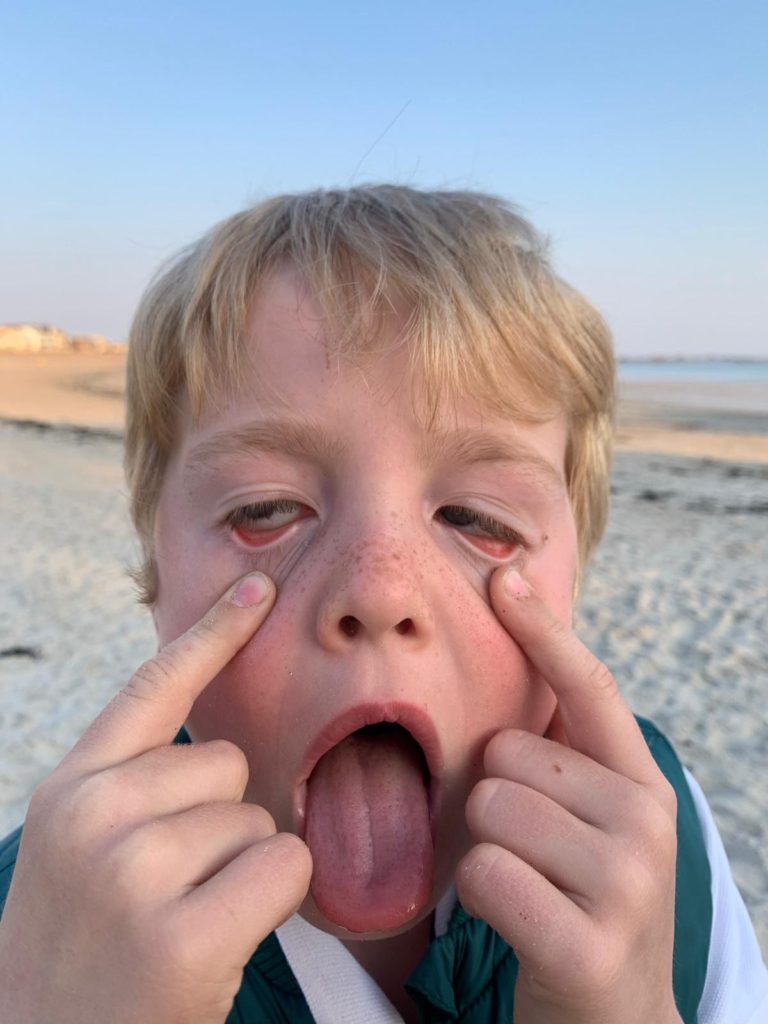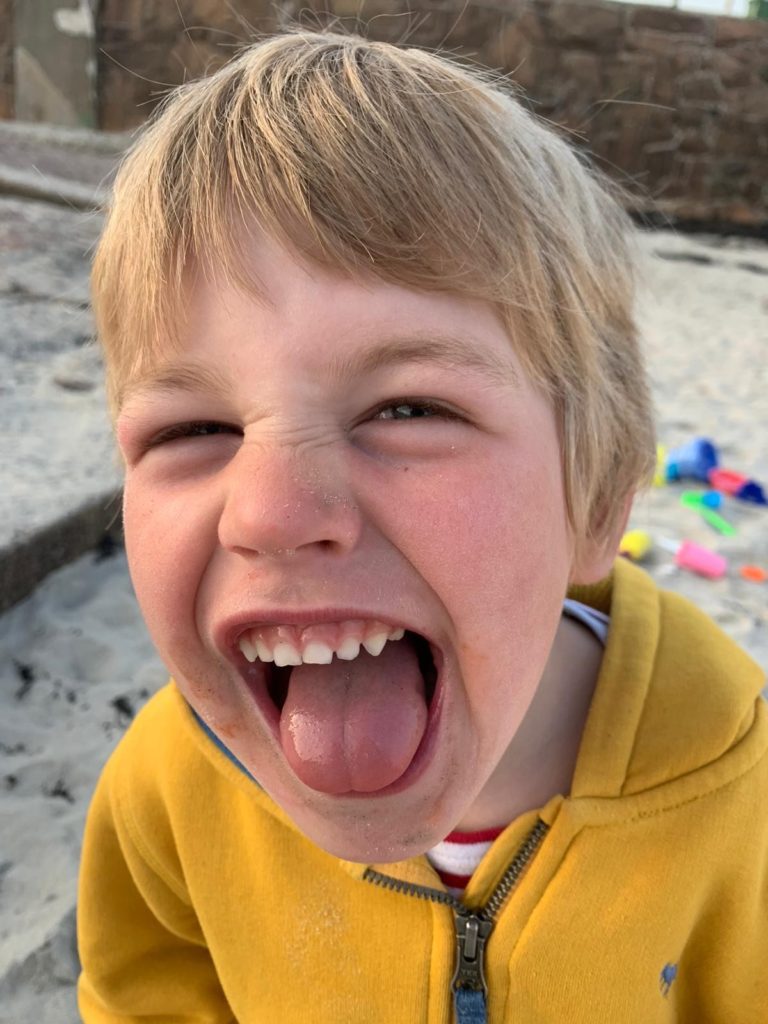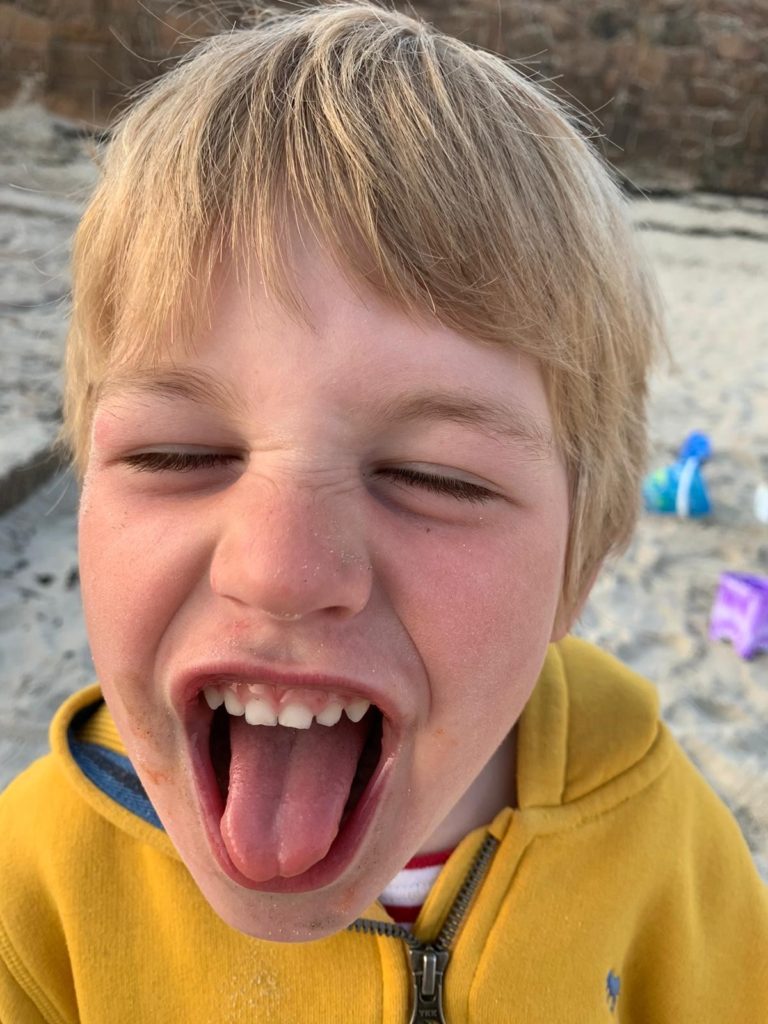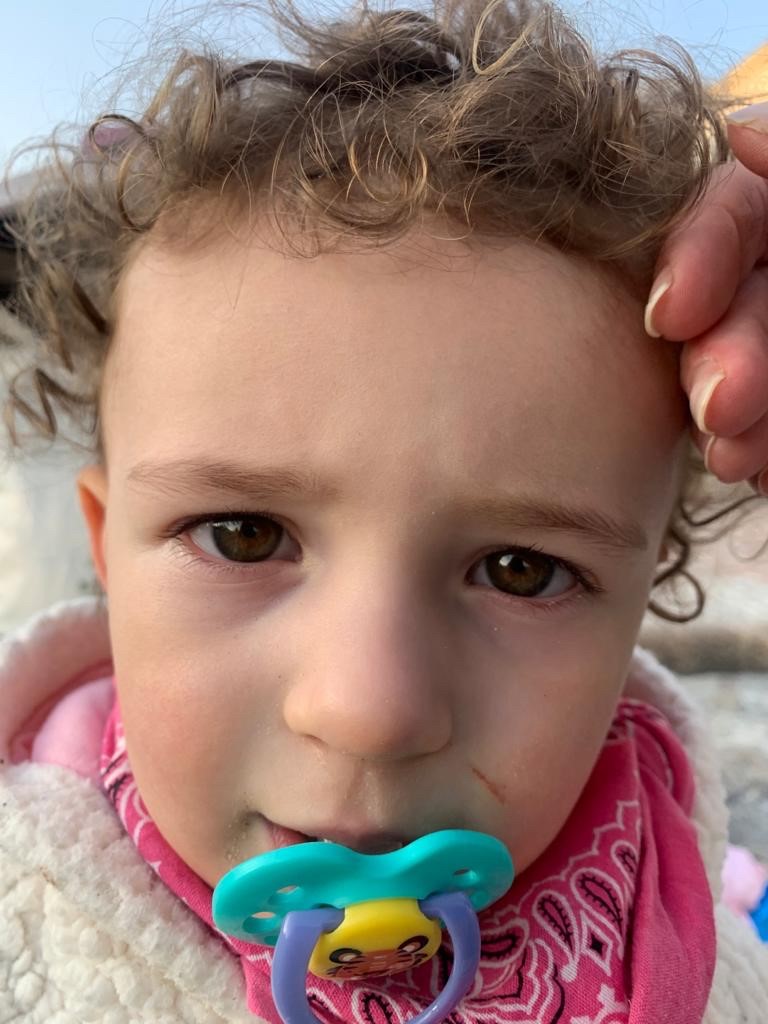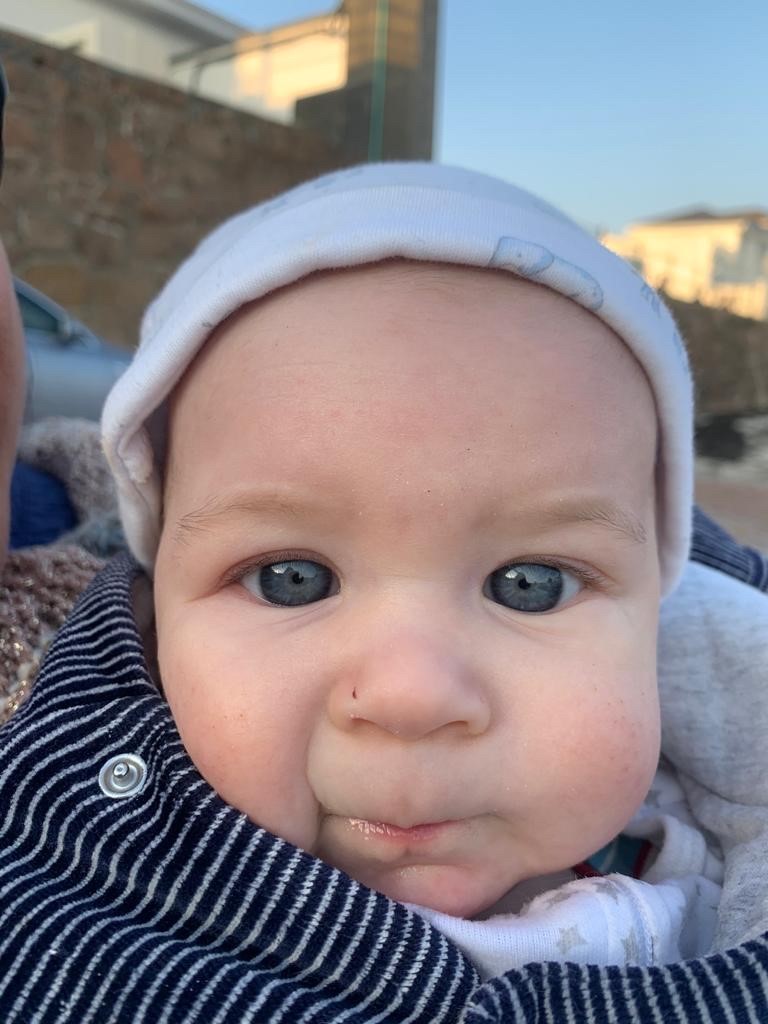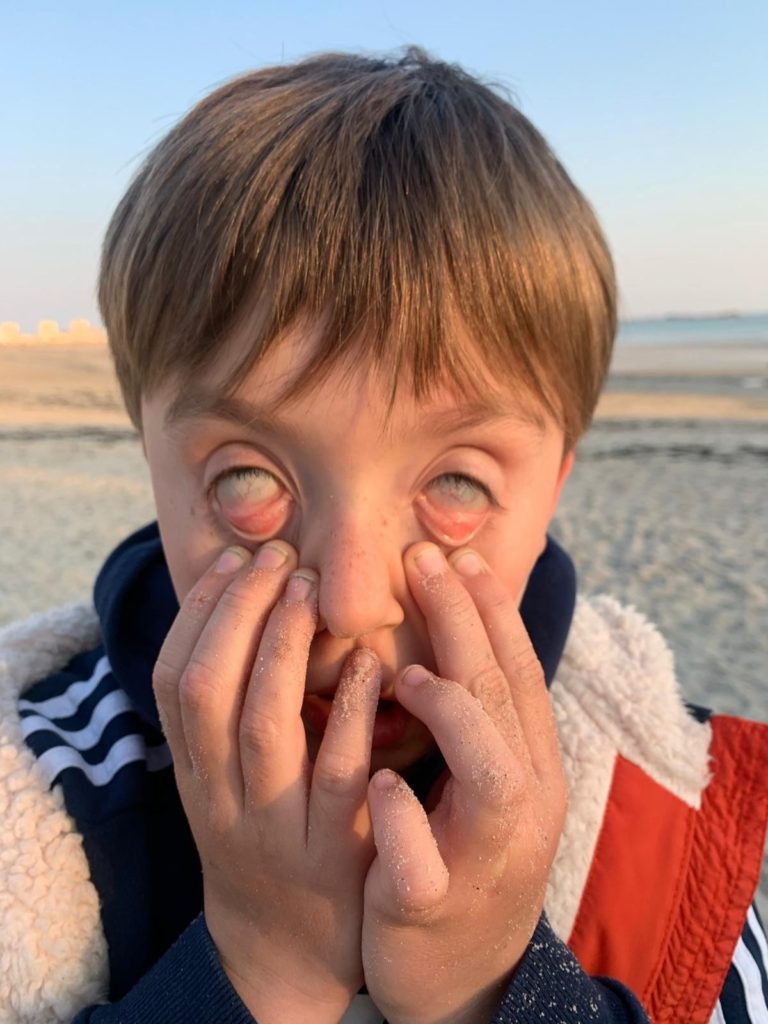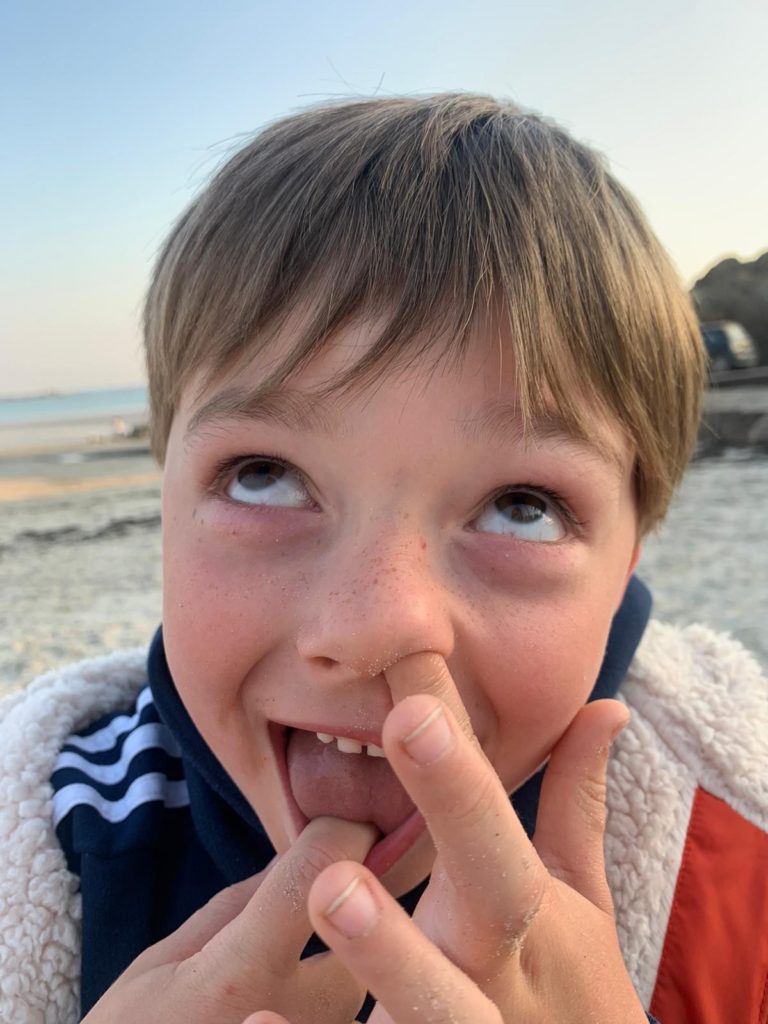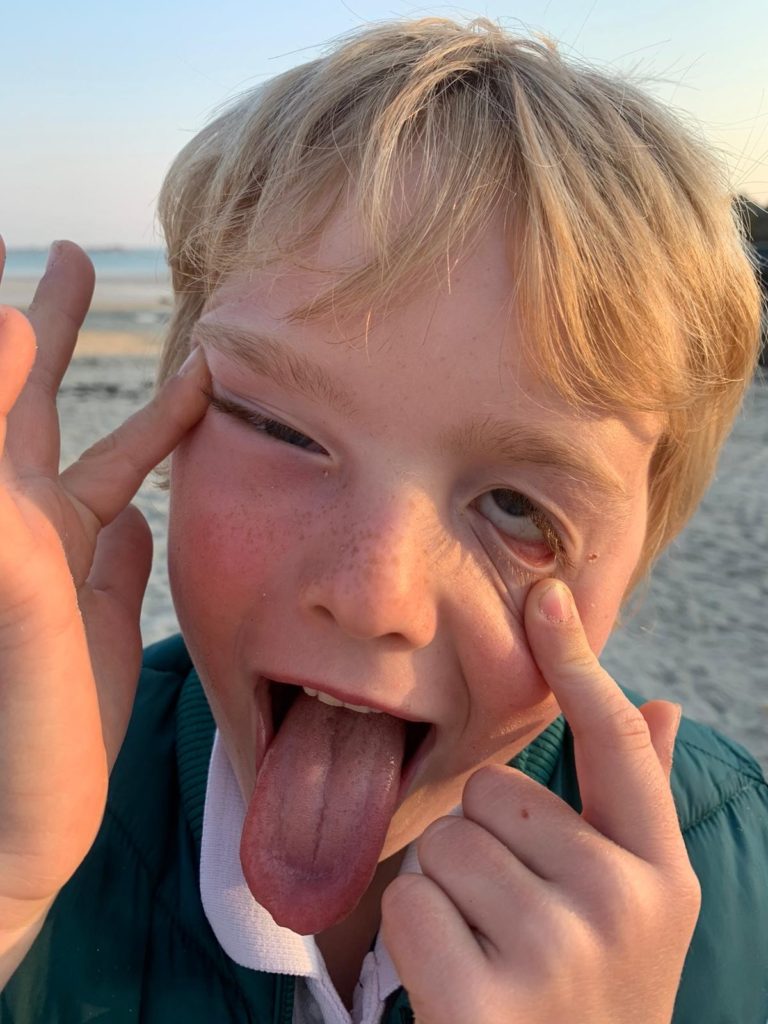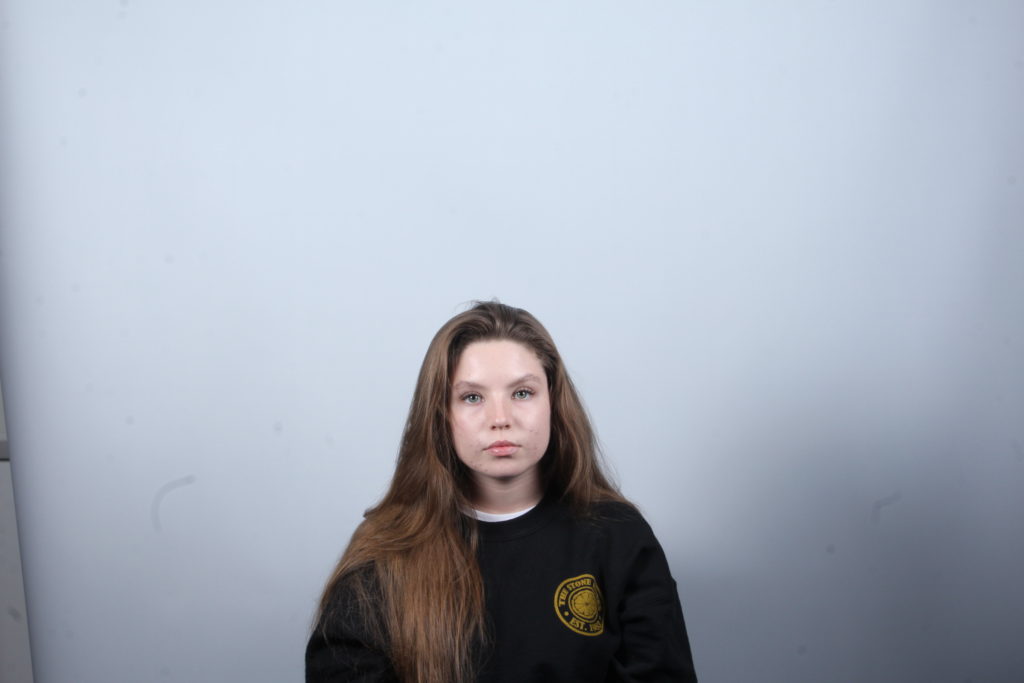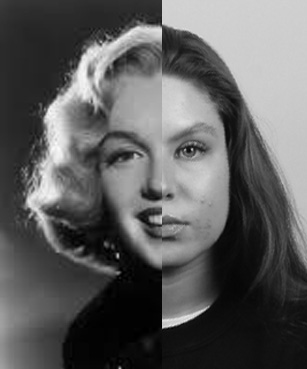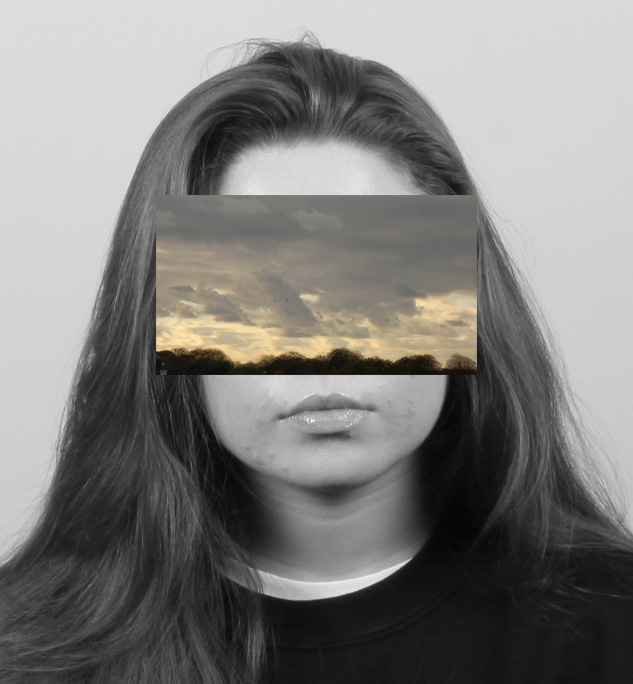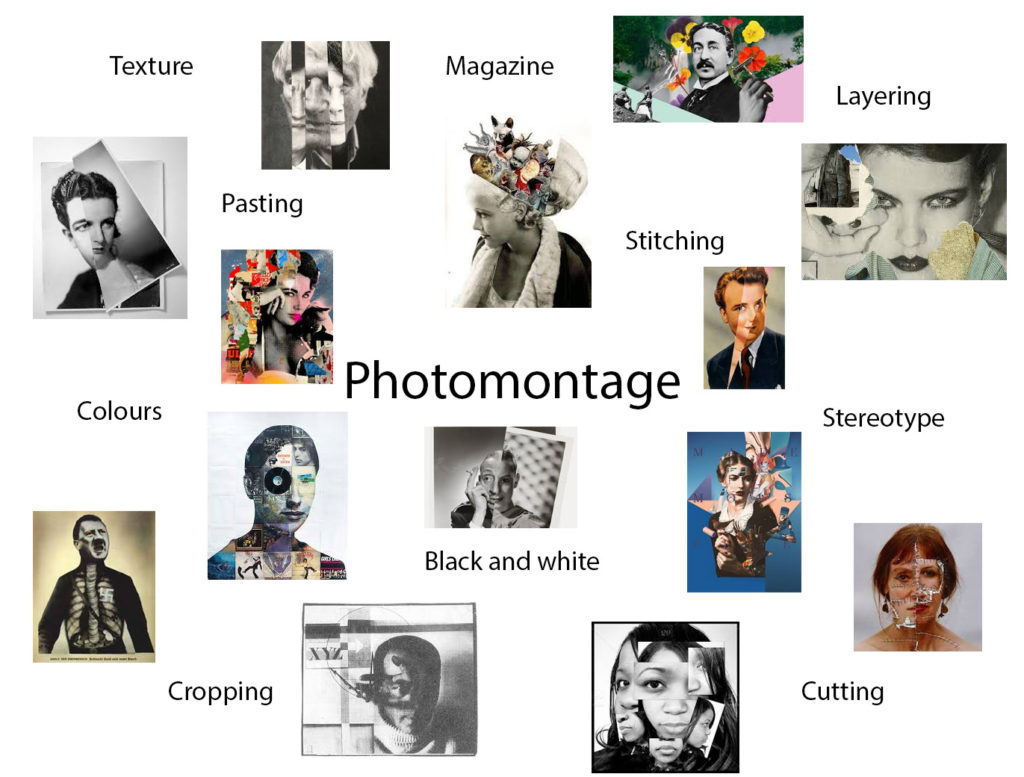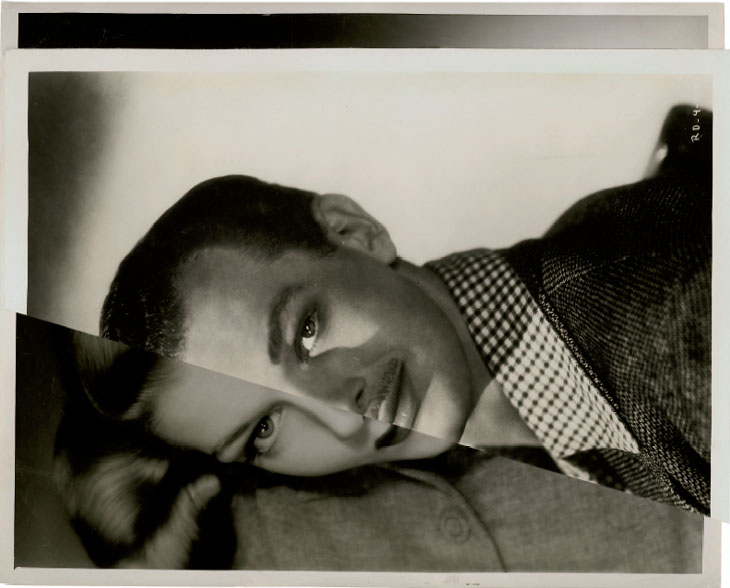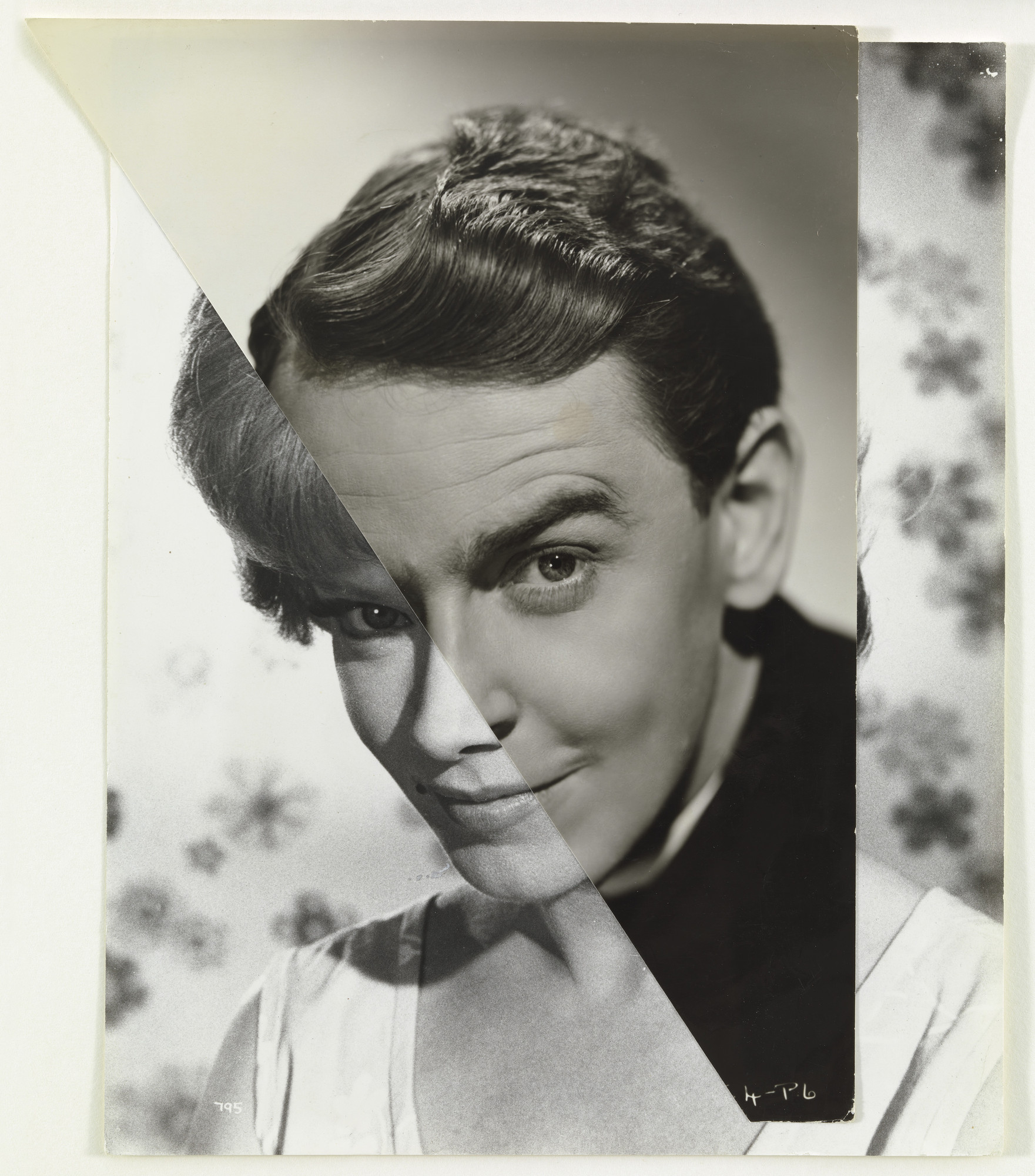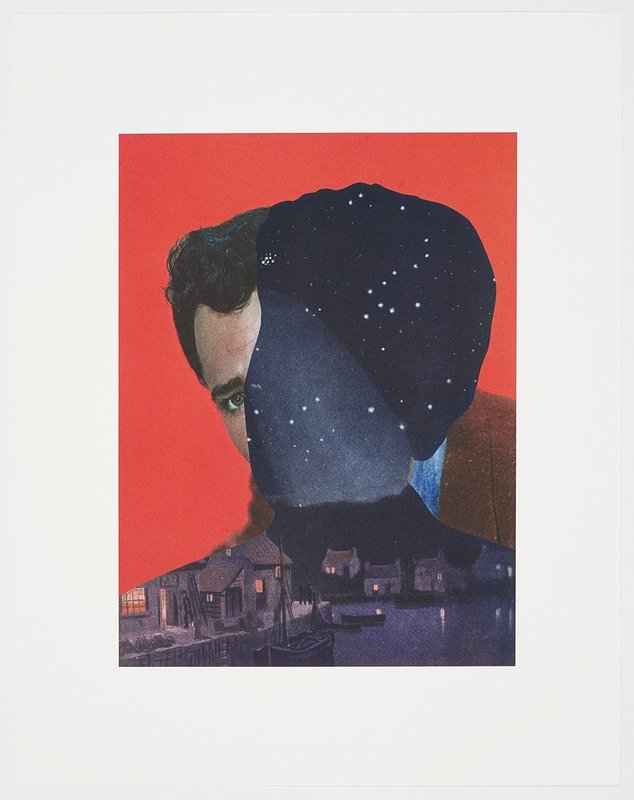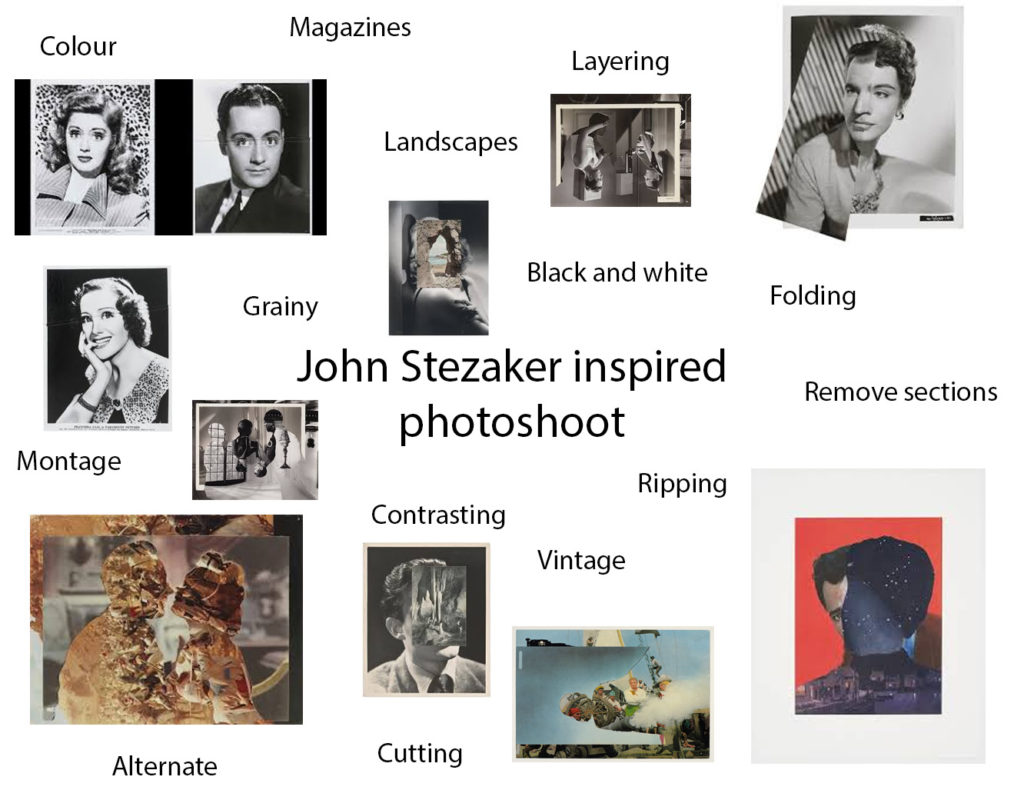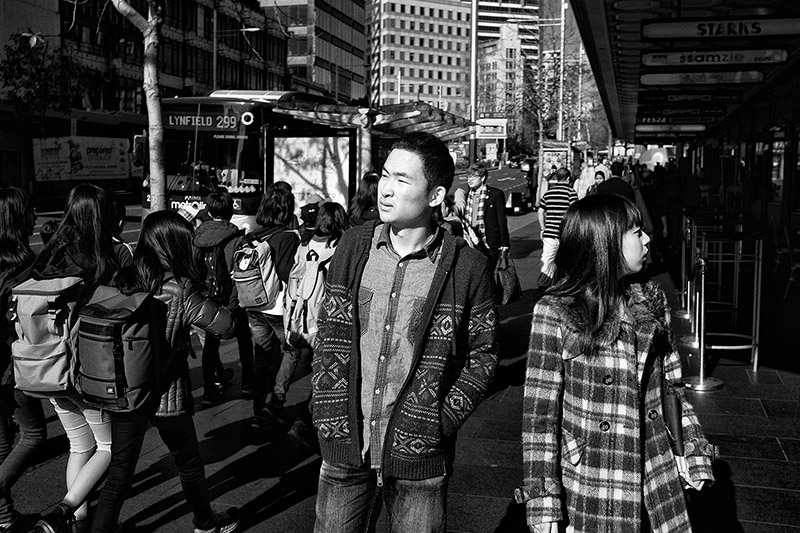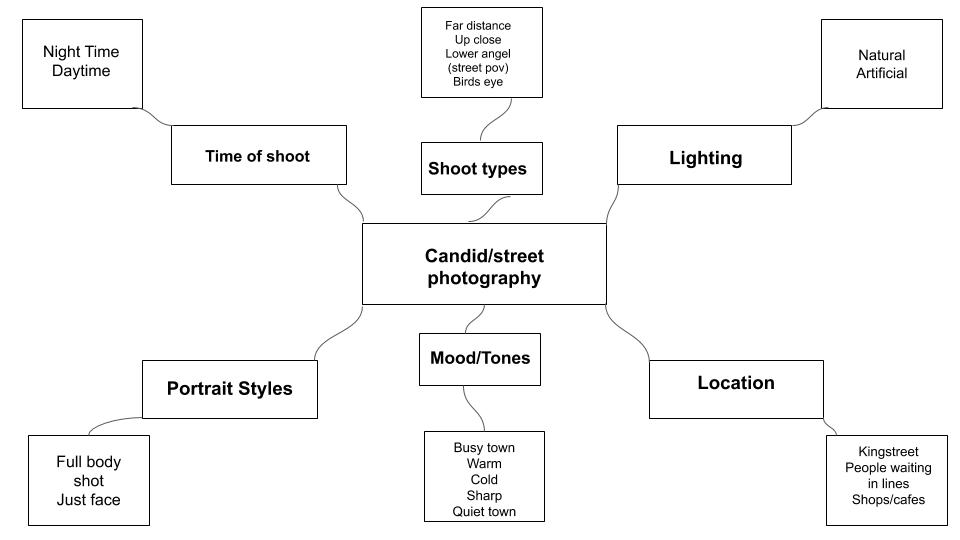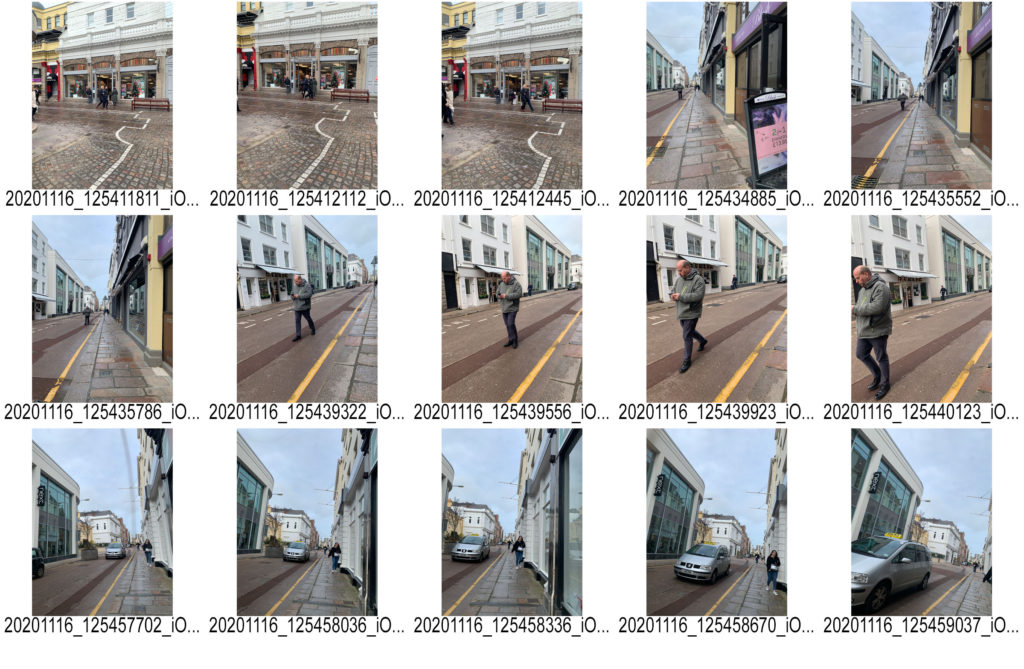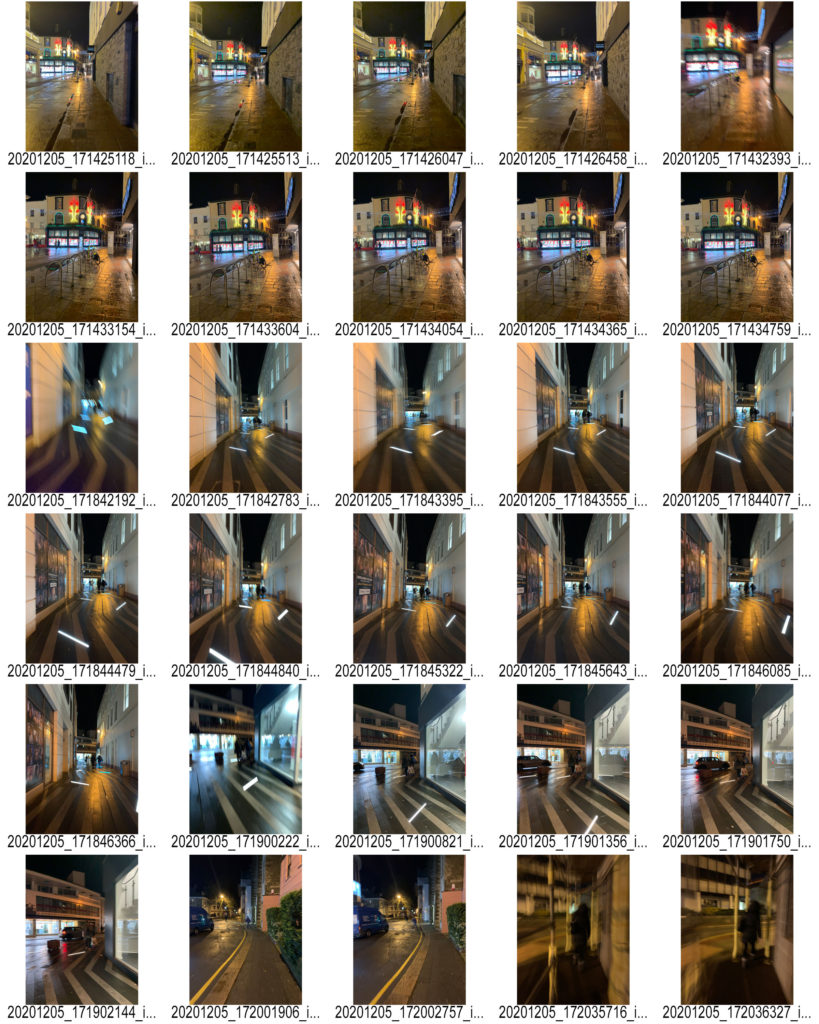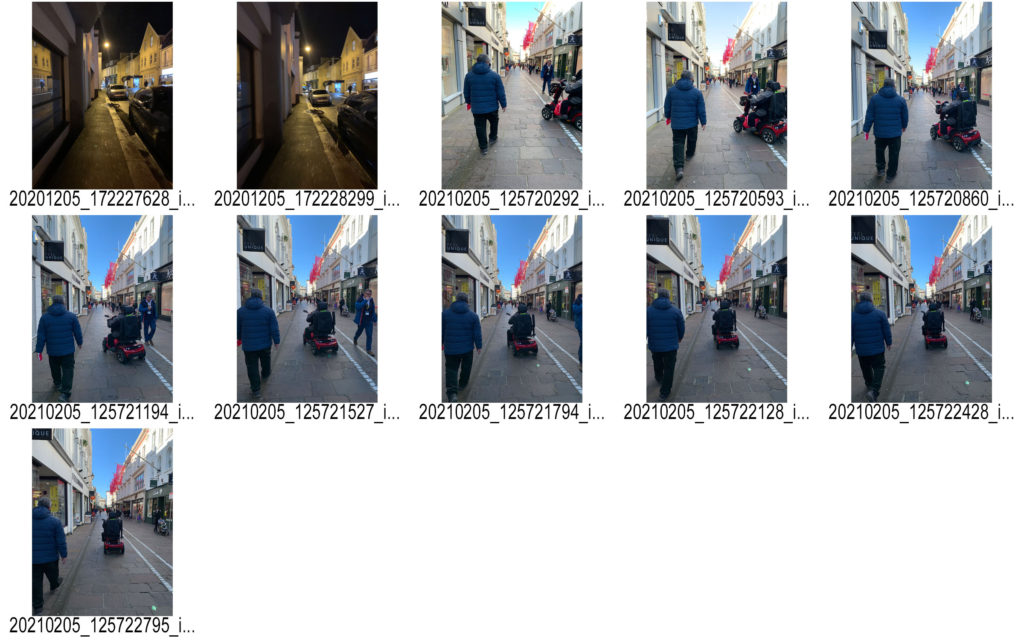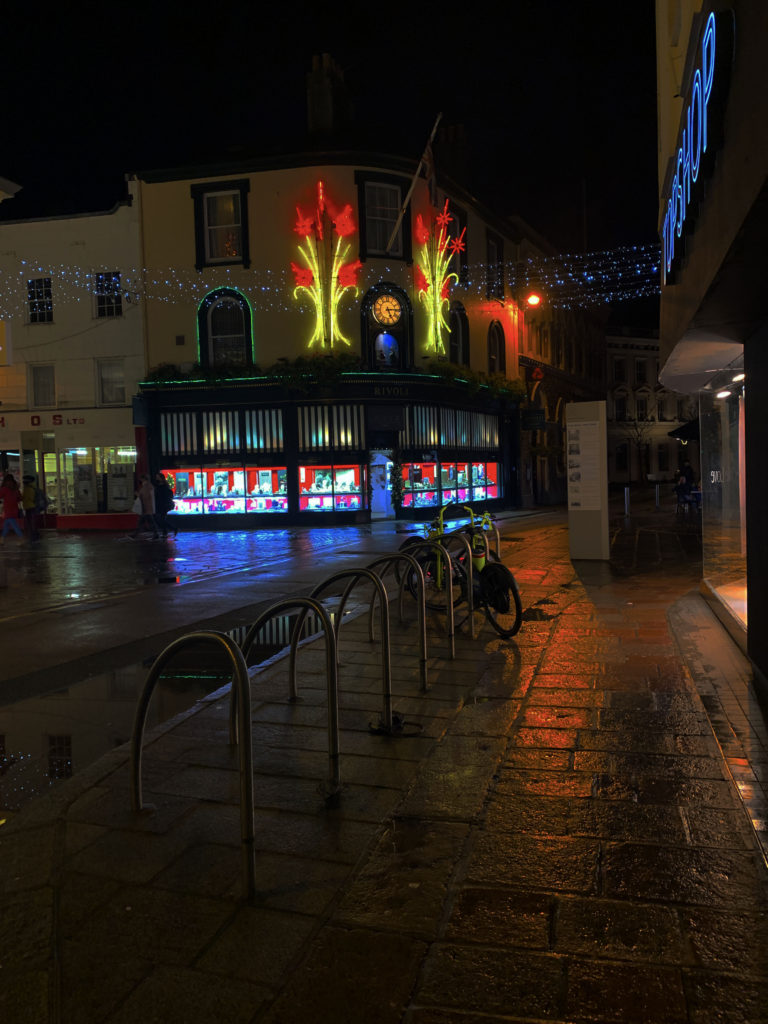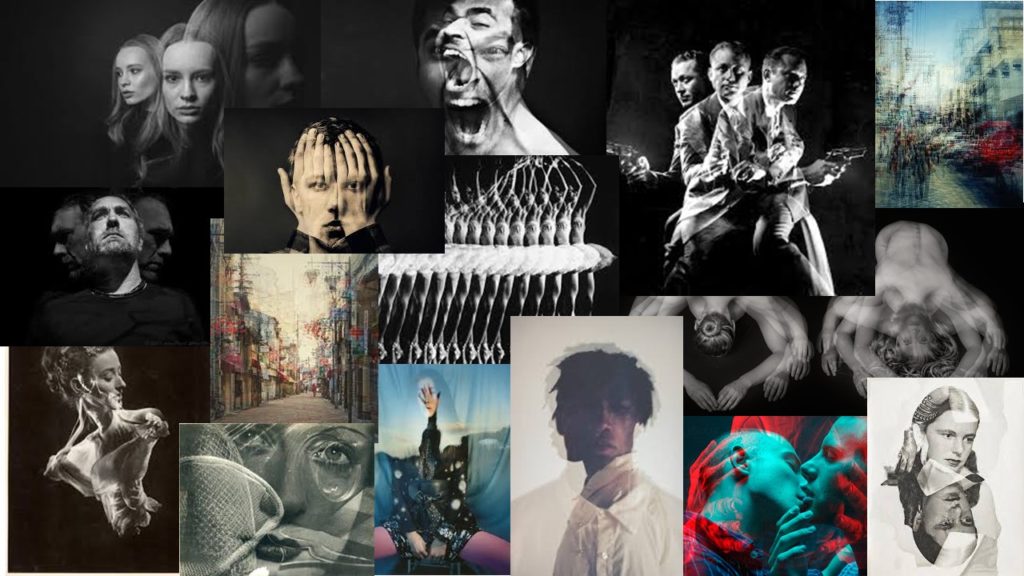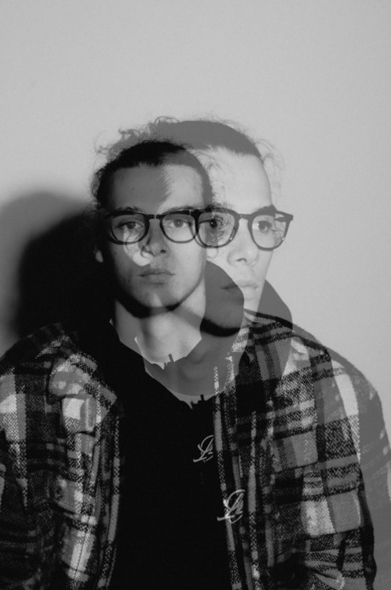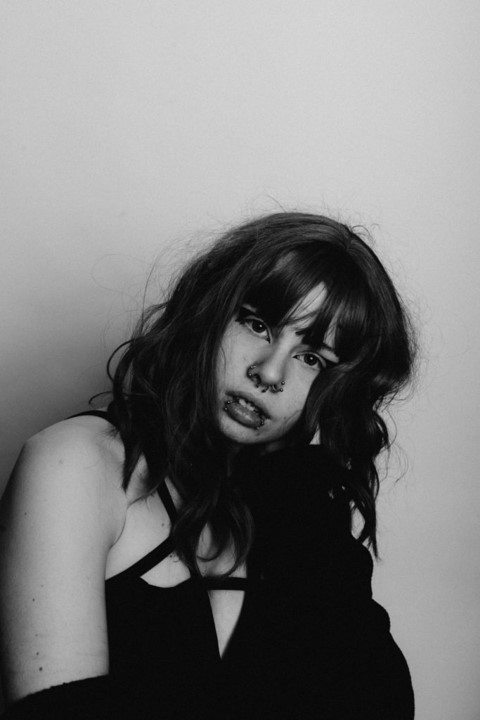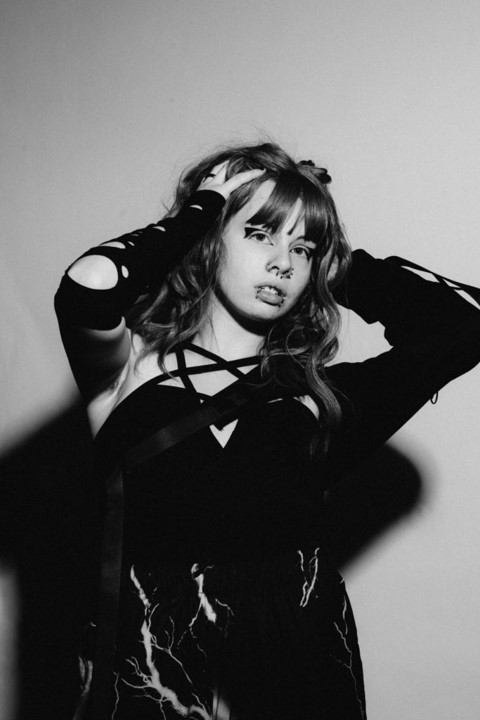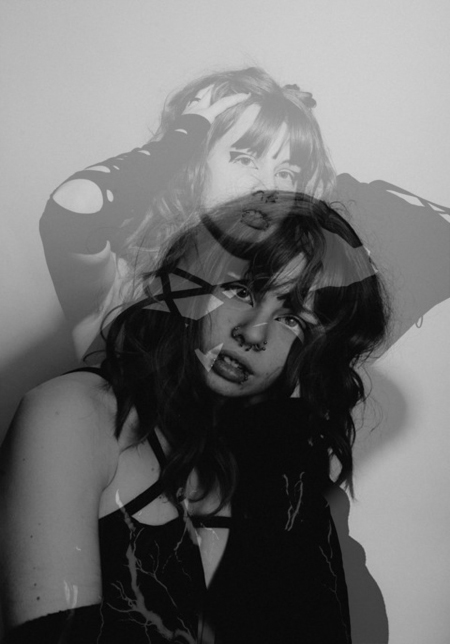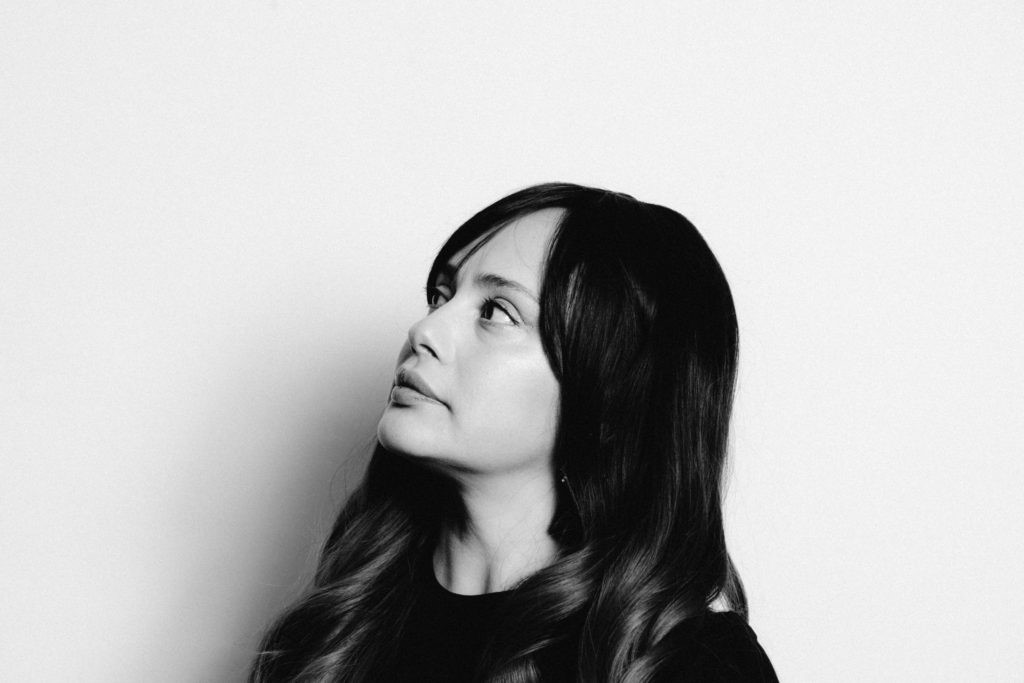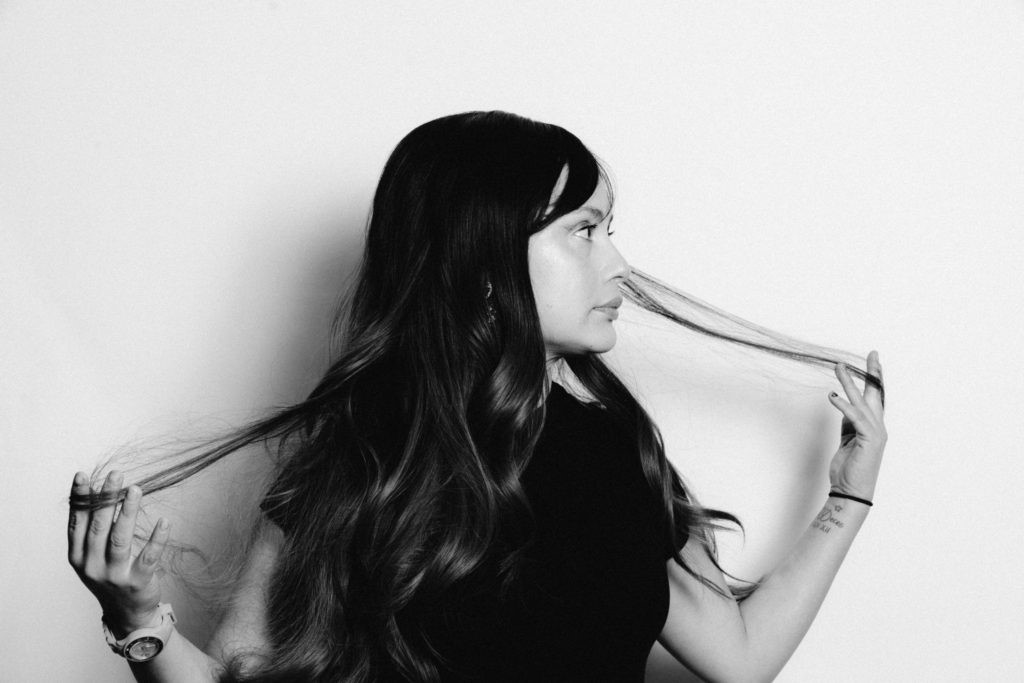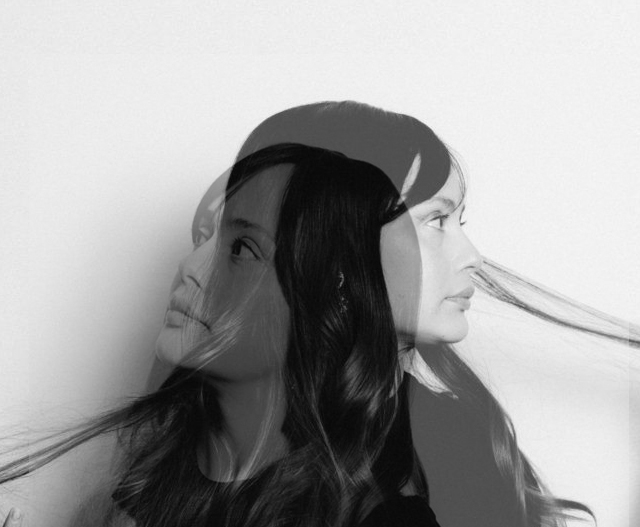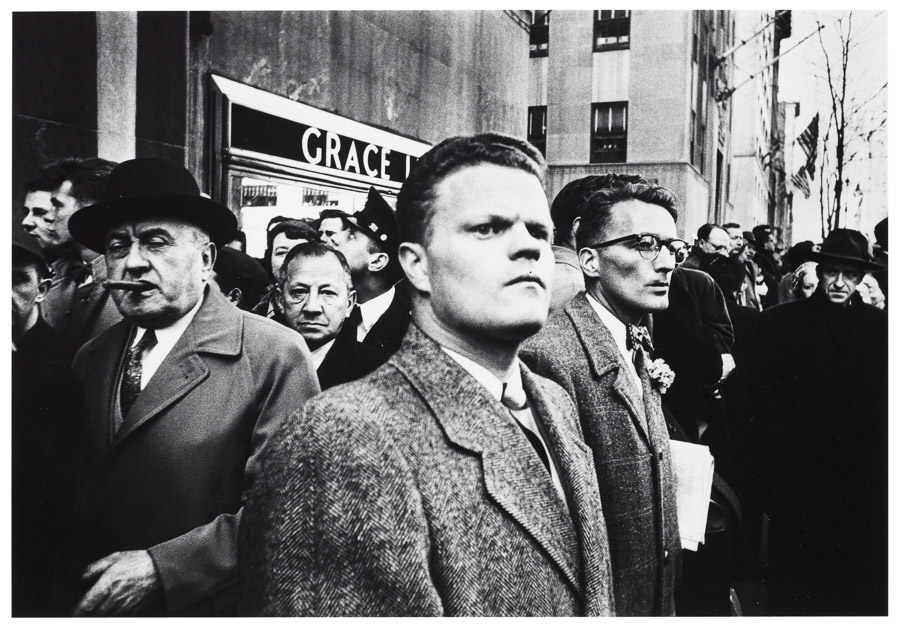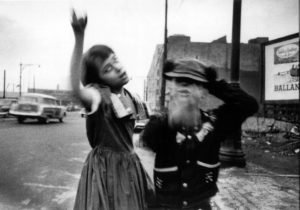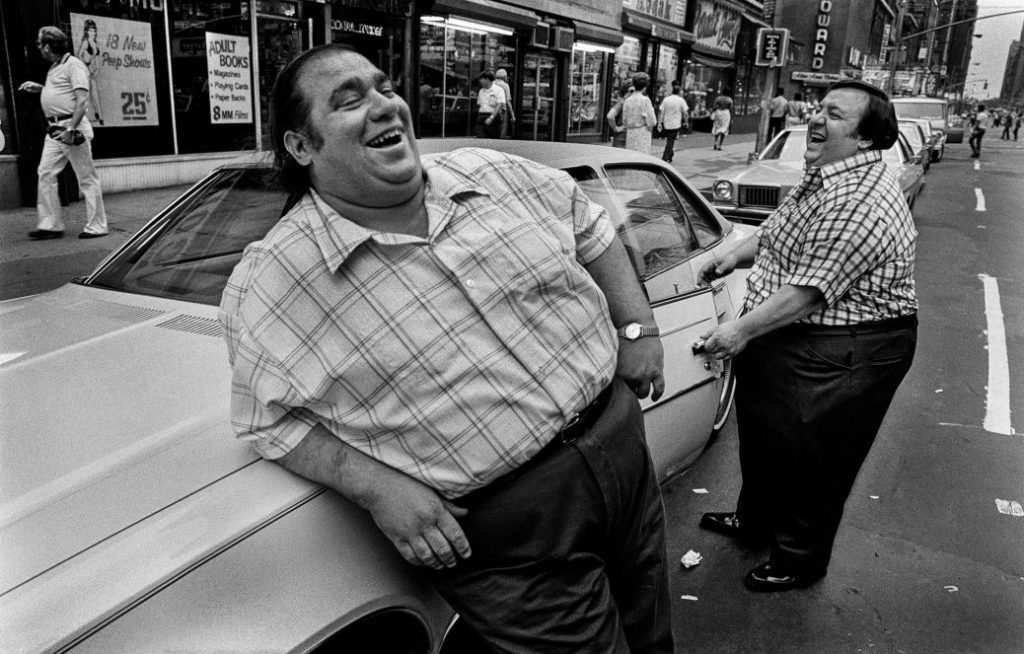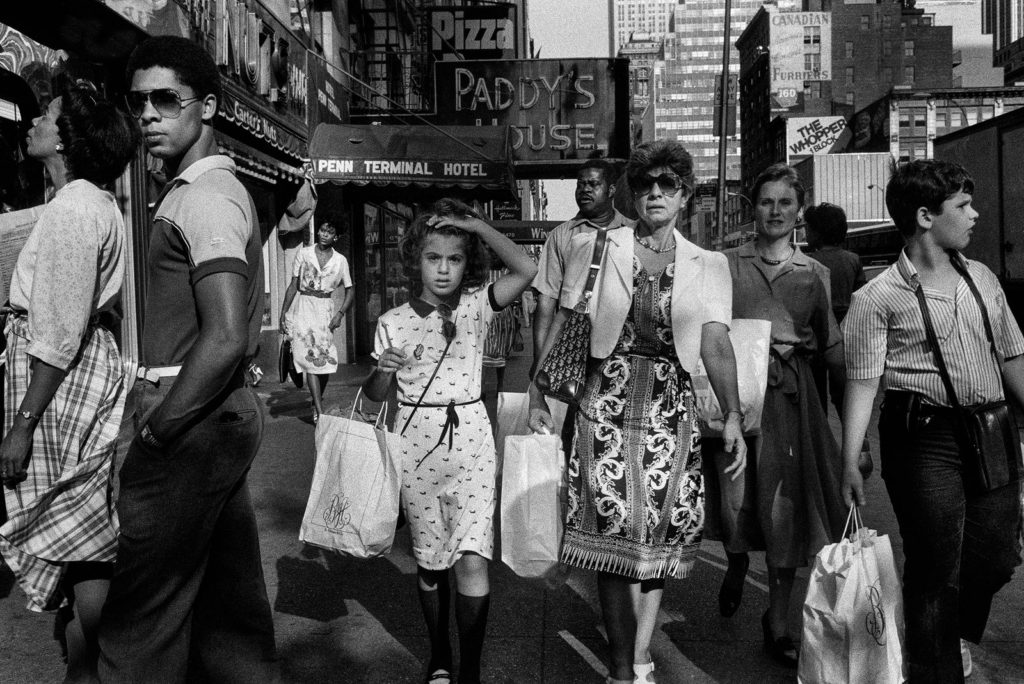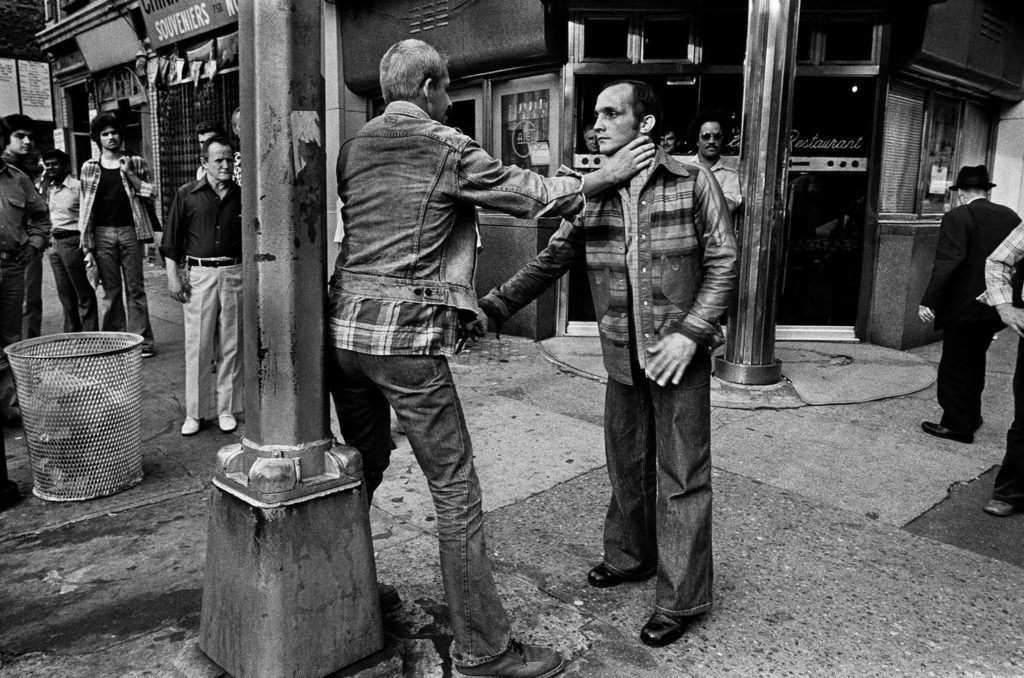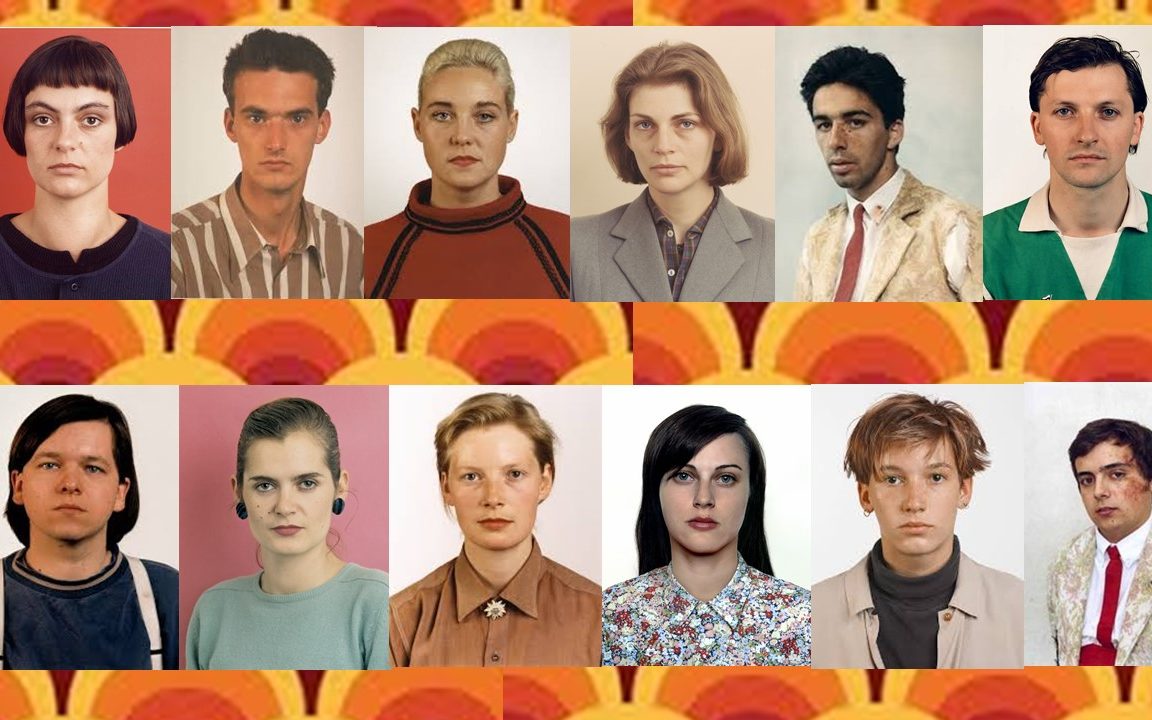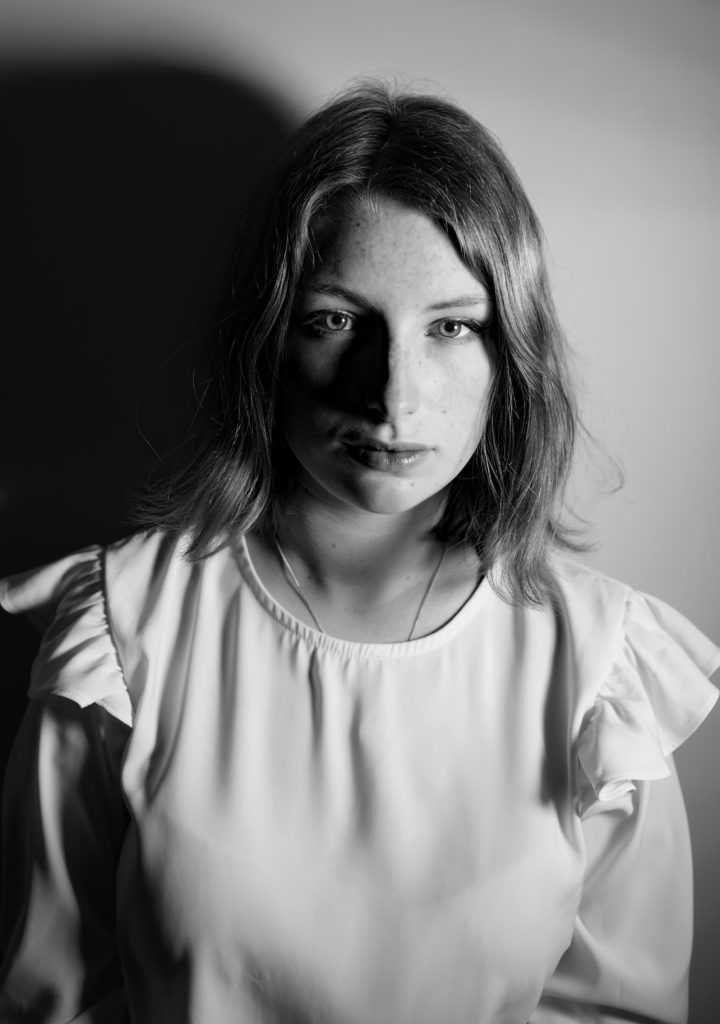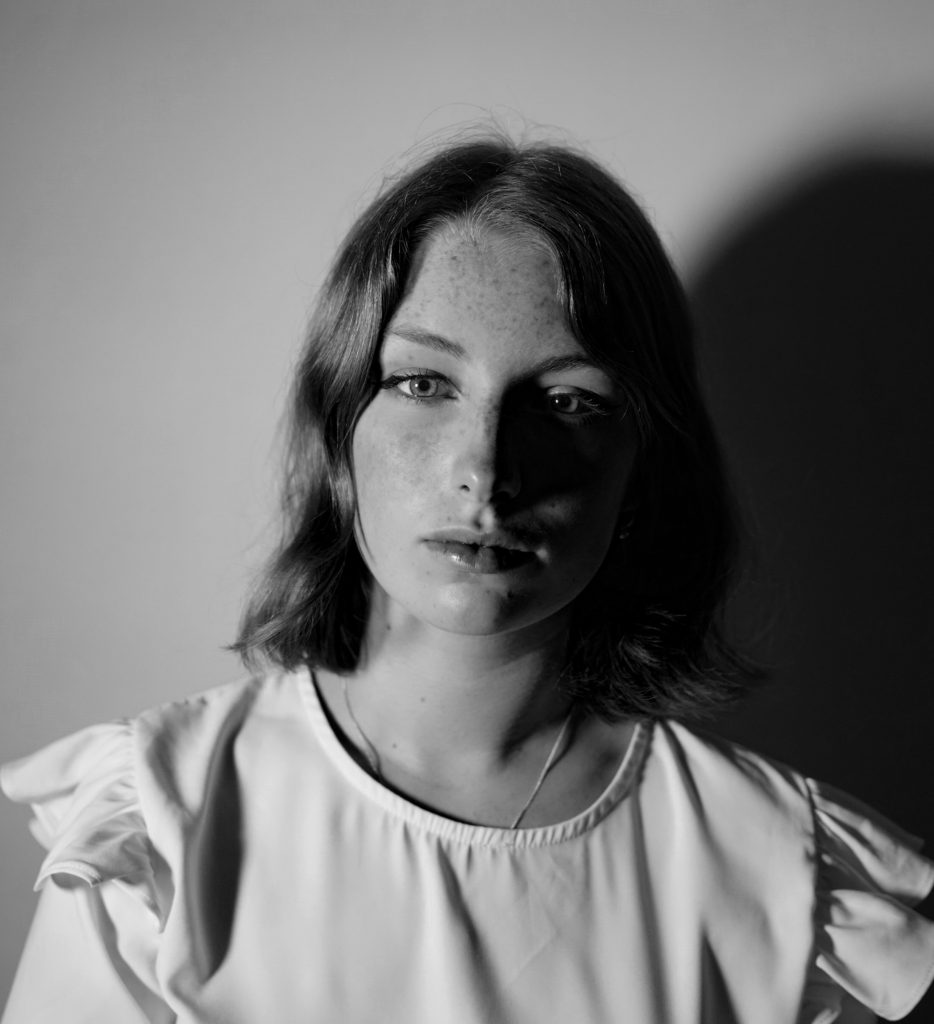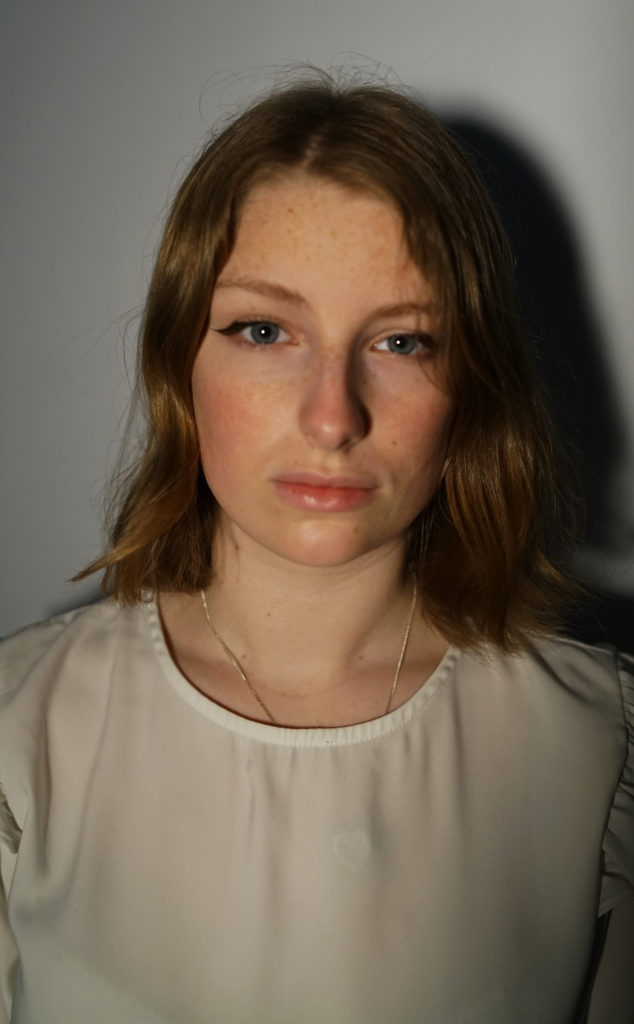Bruce Gilden
An Iconic street photographer with a unique style, Bruce Gilden was born in Brooklyn, New York in 1946. Although he did attend some evening classes at the School of Visual Arts in New York, Bruce Gilden is to be considered substantially a self-taught photographer. Gilden has received many awards and grants for his work, including National Endowments for the Arts fellowship. In 2015, Gilden published Face.
My Images
Plan :
When/ where : Two different evenings , birthday party and a evening in the beach
Who : I decided to take pictures of my cousins because I think they are perfect for showing strange and funny facial expressions
Final pictures (edited) :
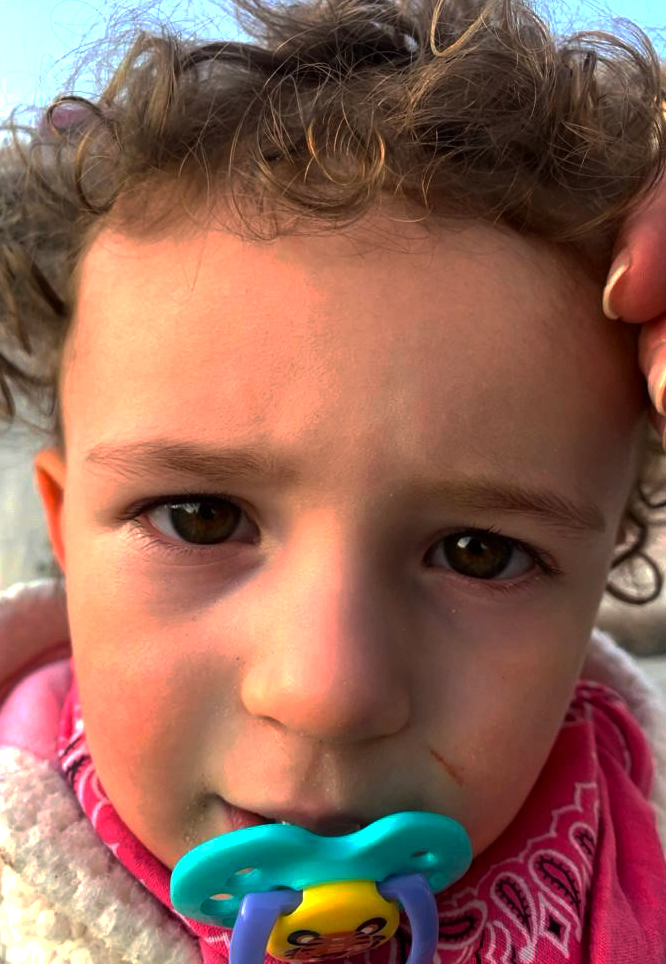
Carmen Kirchner 
Bruce Gilden
In this shoot I was inspired by Bruce Gilden’s close ups. The image on the left (my image) is the one I find most similar to the work of Bruce Gilden. Since both subjects / models have similar blank facial expressions , which shows that the photo was taken unexpectedly – one can see the honesty in the faces as the models were not prepared. We can notice similar composition, eyes, mouth, forehead almost in the same place. At the hairline both have curly hair, which features organic lines and natural shapes – which are not artificial. There are small touches of similar colors that can be seen in both images like the blue of the dummy and the blue eyes of the girl. Another example is the pink in the clothes of one and the lips and under the eyes of the other.
In Bruce Gilden’s work we can see that he used a flash to take his photo since there are light reflections on the models’ faces. Unfortunately I did not take my photos with a flash but to make up for it I over exposed my photo to have the same effect. And finally the two images contain simple backgrounds, not a great depth of field because the images are very close.







